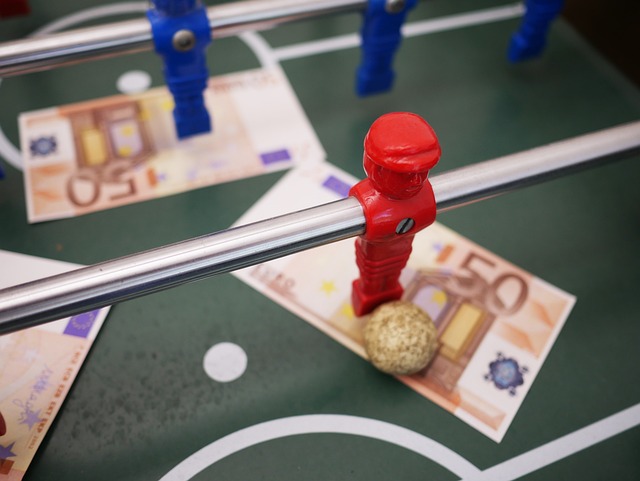Step out of total immersion in online betting for a moment and imagine a world where brushes and playing cards intertwine, where the canvas becomes the green table of daring bets.
Caravaggio: the player painter
We begin with Michelangelo Merisi da Caravaggio, a rebel of the brush, a tormented genius who found a refuge in the challenge as much as in his art. His works, full of drama and realism, reflected his adventurous life. Caravaggio was not only a painter, but also an inveterate gambler, whose bets often landed him in serious trouble. His work “I Bari” is a tribute to this world: a game of glances and deception, like a card game where each player hides an ace up his sleeve.
Georges de La Tour: the light in gambling
From Italy to France, Georges de La Tour painted “The Cheat” and “The Tricheur”, masterpieces that immortalize the essence of gambling in the 17th century. His works are a play of light and shadow, which showcase not only the players but also their deceptions. La Tour captures a moment, a moment before the trick is revealed, and the viewer becomes an accomplice in this underwater world.
Roulette in Russian art

Turning the page, we find ourselves in 19th century Russia. Here, roulette was not just a game, but a symbol of fate and fatalism, as shown in Dostoevsky’s famous novel “The Gambler”. Even in the visual arts, this theme was popular. The Russian painter Alexei Korzukhin with his work “At the roulette table” portrays not just a game, but a scene of life, a microcosm of emotions and hopes.
The obsession with playing in painting
Art has often captured the obsession with the game. In works like Paul Cézanne’s “The Card Players”, we see not only people playing, but also their personalities, their vices, their untold stories. These paintings speak more than a simple match: they tell of human passions, internal struggles, triumphs and defeats.
Surrealism and play

In the 20th century, gambling also found its way into surrealism. Artists such as René Magritte transformed elements of card games into dreamlike images, where the real and the unreal merge. In his painting “The Secret Player”, the game becomes a metaphor, a bridge between the conscious and the unconscious, between the visible and the invisible.
Conclusions: an art game that defies time
Closing the curtain on this artistic journey, we find ourselves contemplating not only canvases and colors, but also souls and passions. Art, in its silent dialogue with gambling, reveals an unexpected truth: every card played, every bet, is a fragment of life. These works are not simple representations; they are echoes of lost laughter, forgotten sighs, hopes and despairs. They are like melodies whispered from the past, which resonate in the present and are projected into the future.
In every brushstroke that portrays an absorbed player or a precarious dice, there is the tension of an eternal moment, the vibration of an emotion that transcends time. These works invite us to reflect: gambling is not just a ritual of good or bad luck, but a stage where human comedy is played out, with all its dramas and joys.
